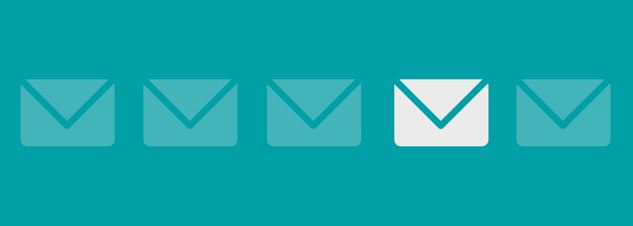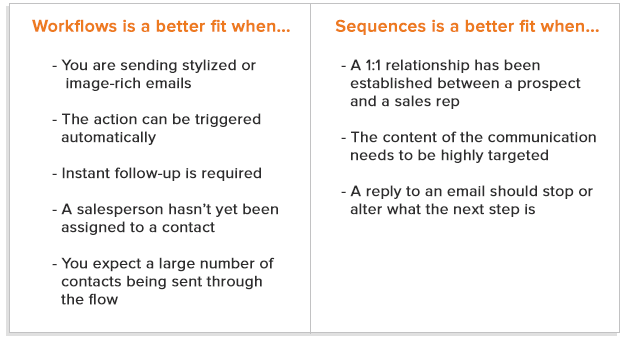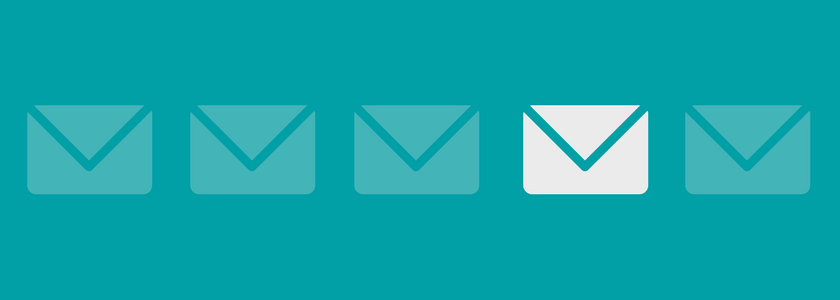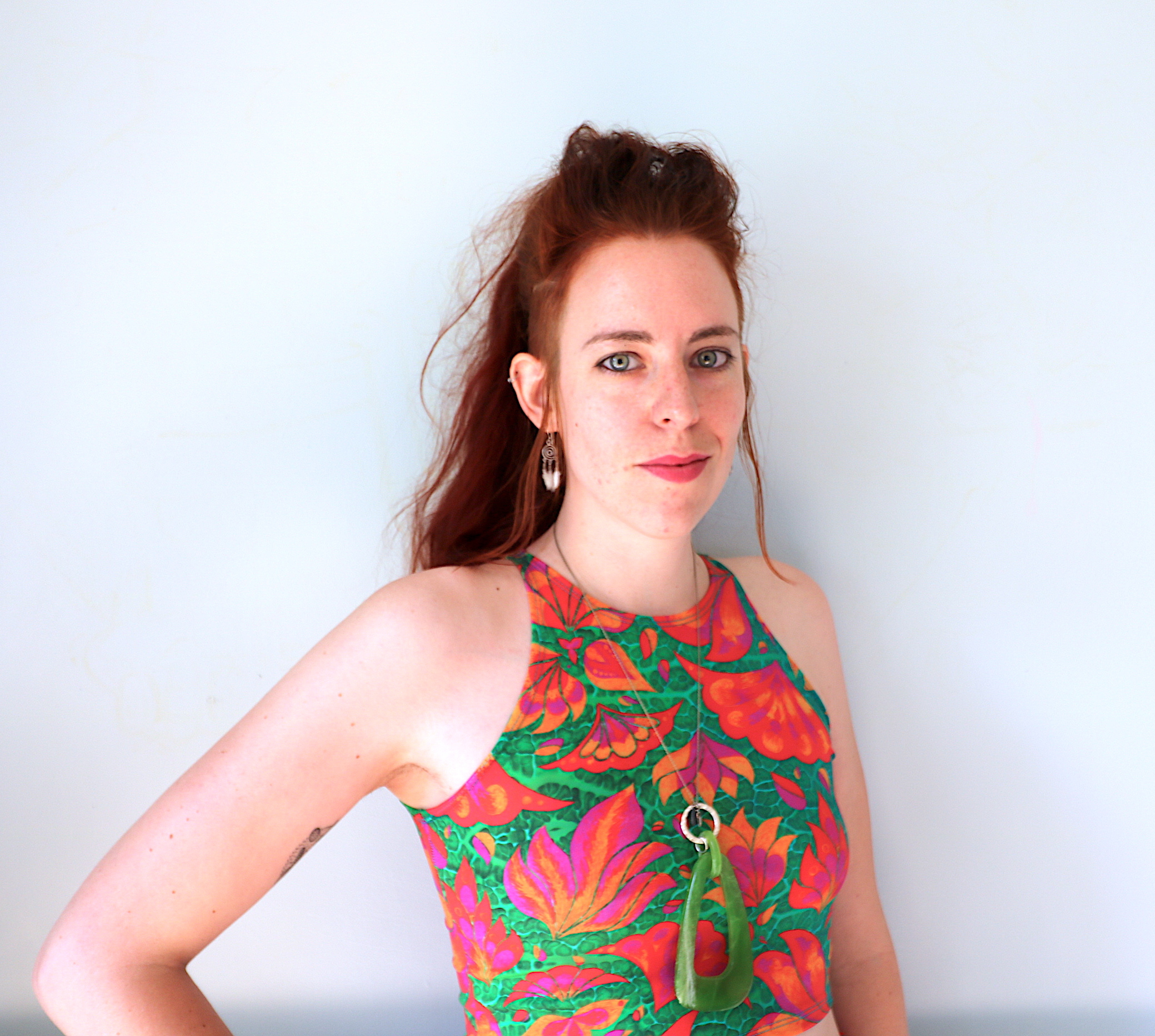
When you consider lead nurture, you’re likely used to automating activities on the marketing side. But what about for sales?
Automation tools such as HubSpot sequences can offer substantial value to your sales team; enabling your team to create personalised, customised email templates to follow up, reach out and engage at the right time, in the most efficient way.
Your sales team will already be conducting nurture activities; building a personalised rapport with new leads; following up with those close to renewal or purchase; sending next-stage resources to stuck prospects. If you can automate this with a tool like HubSpot’s Sequences, you’ll set your team up for success, with a more efficient process.
What Are HubSpot Sequences?
Sequences is a tool in HubSpot that allows your sales team to create personalised, automated email messaging to target specific users in intervals. Combining the benefits of highly targeted, personalised engagement with the process benefits of nurture automation; sequences can increase the efficiency of your sales process.
But you may be thinking, how are sequences different from workflows?

Workflows are often used by marketers to nurture prospects, often at an earlier stage in the sales cycle. For example, an initial email workflow may be triggered by a lead downloading content/ converting on a landing page. In a workflow scenario, the communications sent to prospects are personalised, but often only so far as by name and company; any content recommendations are pre-set to align with the content that triggered the workflow.
However with sequences, personalisation is core. Unlike workflows, sequences only start after a sales rep manually enrols a contact on a specific flow. Plus when creating sequence templates it’s possible to customise the timing and specific messaging of each individual step in the nurture flow to make each email specific to that particular prospect.
It’s this greater ability to personalise that makes sequences a more intelligent nurture tool at the sales stage - especially for high-value prospects and accounts.
How Can Sequences Enhance My Strategy?
We all prefer messages that recognise us as individuals; that understand our challenges and direct us to what we’re looking for. HubSpot Sequences helps your marketing and sales teams to do exactly that.
There are a few key aspects to sequences that can help you to enhance your sales and marketing activities. Sequences can:
- Automate follow-ups. Saving time and efficiency; it’s possible to schedule a string of follow-ups; days, weeks, months later to save time and ‘forgetfulness’. This ensures your reps can schedule personalised communications while the finer details are still front-of-mind, rather than relying on notes a few months down the line.
- Nurture prospects long-term. Just as with automating follow-ups, if you’re planning to nurture a contact over the coming weeks or months with useful content, it’s possible to schedule and tailor this activity to gradually build trust, rapport and stronger lead relationships.
- Encourage a response. If you’re planning to reach out to a contact multiple times over a few weeks, scheduling this activity can help you streamline and track the process at scale (with the sequence set to stop if someone responds, ready for actual sales rep engagement).
Best Practices When Using Sequences
- Identify your goals. What’s the end goal of your communication with a prospect? What do you want them to do - respond to initial outreach? Renew? Purchase? Move further down the funnel, or closer to a consultation? Make sure you know what you want your sequences to achieve, to know how best to use and monitor them.
- Get to know your lead. This may seem a pretty obvious step, but without understanding the person receiving your messaging - and that means in more detail than just knowing their name - you won’t be able to build convincing, personalised, helpful messaging. Use the historical information/ account detail you have about each contact’s business challenges, interests, buying stage and more to tailor the right messaging to suit them.
- Use different sequences depending on the buyer’s journey stage. Top of the funnel messaging naturally differs from that at the middle or bottom of the funnel. Make sure, again, that you recognise who is enrolled on your sequence to ensure messaging and content recommendations are appropriate.
- Personalise, but don’t be creepy. You may have done some detailed research on your lead, and found out everything from their favourite food to where their work party was held. But take a step back and ask: does this information add value? Will it encourage a positive relationship?
- Know when to stop. If you’re reaching out to someone, but haven’t generated a response, recognise that it’s not the right time. An ideal seqence proces should be no more than 3x emails, 3x calls 3x other messages (such as via LinkedIn) over a period of 20-30 days - and should be stopped once a response has been generated via any of these channels (that's when your rep can book a meeting or call).
Lastly, be sure to regularly review the effectiveness of your messaging - review your templates to see what works or not; use the open, click and response data you have to refine and optimise your sequences. Then, be sure to share that insight with the rest of your team to scale those successes and efficiencies!




